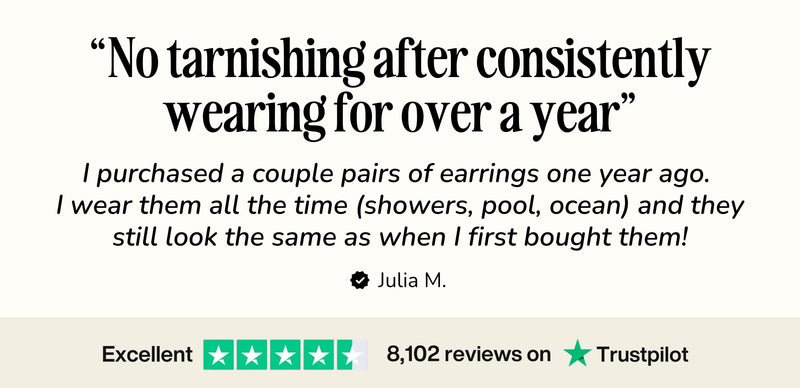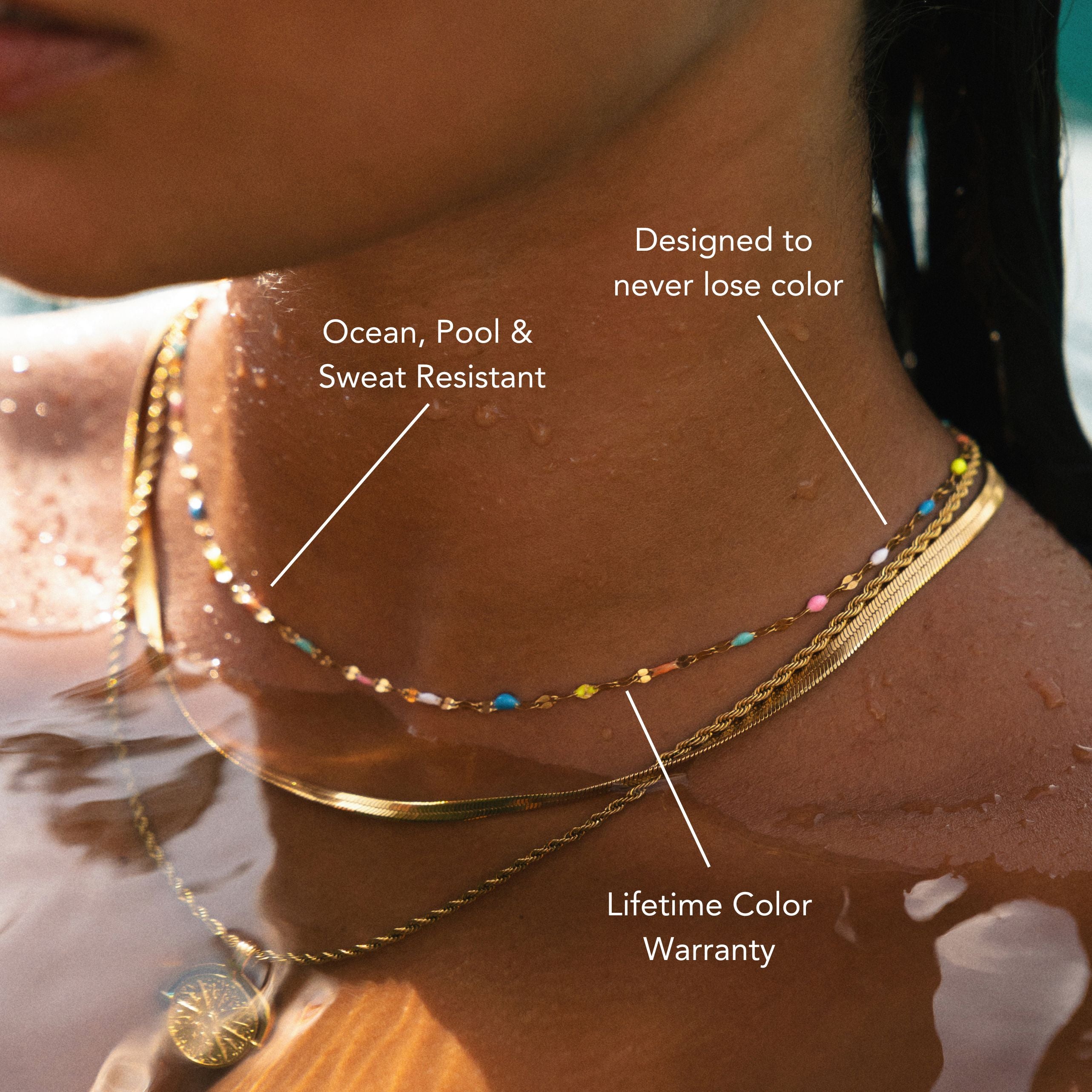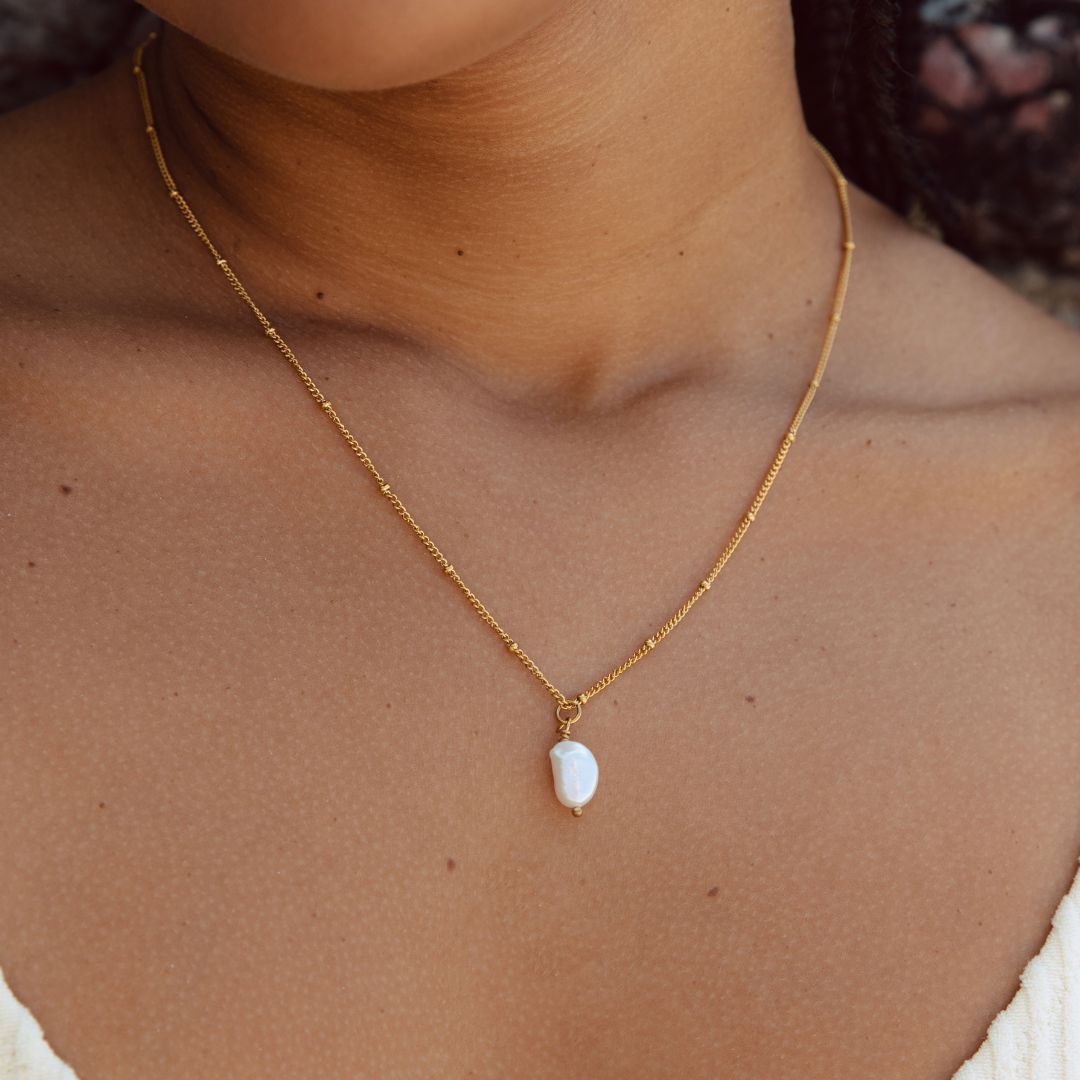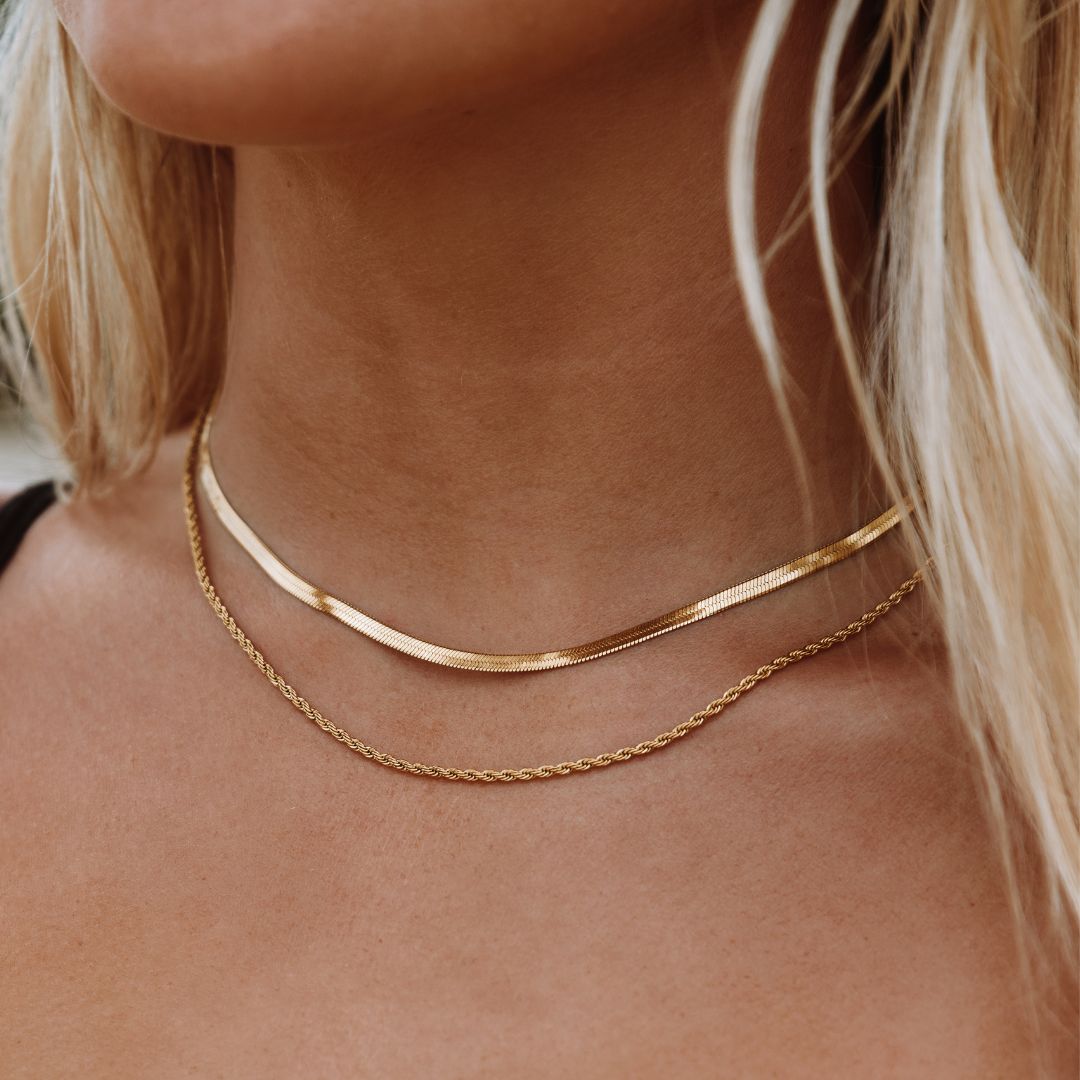What Do Blue Whales Eat?
Blue whales or baleen whales are among the largest mammals and animals both inland and water ever to exist. They have an average lifespan of 80 to 90 years and weigh up to 200 tons. With the scientific name of Balaenoptera musculus, they are measured to be up to one hundred meters long and are called pods while in groups.
Perhaps you’re interested to know what do blue whales eat and the kind of diet they have. That’s why in this blog, you will know more about blue whales and what do blue whales eat.
Understanding Blue Whales
According to National Geographic, blue whales’ tongues weigh like an elephant, and their hearts, like automobiles. In addition, they are more like a mottled blue-gray up on the surface while true blue underwater. Also, do you know that millions of microorganisms thrive in their skin’s underbelly?
They are still labeled as endangered species, but through recent years, their population is thankfully increasing. This can also be due to different coverages outlets make each year for the public’s knowledge regarding their existence.
Another question is what do blue whales eat? Even though they are featured now and then through Netflix, most people still do not know the answer. So lucky for you, here are their food intake, diet, and eating habits.
Diet of Blue Whales
Blue whales are naturally carnivorous. Since they are also baleen whales, they have these fringed plates like a fingernail material in their upper jaws. This material is called baleen, hence where their other name came from.
They feed first by swallowing mouthfuls of water that expand their frilled skin on the belly and throat. Then, the whale’s enormous tongue would force the water out through their overlapping and thin baleen plates. What a way to catch their food, right?
So, with that method of catching food, blue whales can trap lots of krill, choose food, and then swallow them up. This krill is tiny and shrimp-like, and these whales got them exclusively. An adult whale consumes about 4 tons of krill a day during certain times a year.
Food Intake
Since the adults ingest tons of krill for certain times a year, they do this for about one hundred twenty (120) days in total. Scientists estimated about 4% of the weight of large baleen whales is as much as what they eat during the feeding season. So, an estimate of one thousand (1000) kilograms or two thousand two hundred (2,200) pounds is what it takes to fill the whale’s stomach.
Other whales such as minke, sei, right, and sei also have the baleen plates. They also feed on krill, but unlike blue whales, they sometimes include other marine creatures in their diets, like crustaceans, small fishes, and copepods.
Behavior and Feeding Habits
Like what we have mentioned before, blue whales swam in pods, in pairs, or alone. They spend summer seasons in Arctic waters feeding and embark on lengthy migration time towards the equatorial waters as the winter season arrives.
These whales swam for typically 5 miles per hour while they feed on and are traveling somewhere. But then, they can speed up to more than twenty miles per hour for short surges.
And so, since they require a massive amount of energy, blue whales tend to spend significant quantities of time in places with a large krill concentration. During the daytime, they may dive to a deepness of approximately three hundred and thirty (330) feet to search for food. Then, they feed through a distinctive method mentioned before.
These blue whales are also among the loudest animals on earth and they produce a sequence of groans, moans, and pulses. They can be heard by other whales up to a thousand miles away in the right oceanographic conditions. Thus, scientists think that whales use these vocalizations to communicate and navigate the depths of the ocean.
Blue Whale Calves Diet
The young blue whales, called calves, entered the world as one of the planet’s most enormous creatures to rank. After ranging a year inside their mother’s womb, the calf or a baby whale appears, stretching its length to 25 feet while they weigh up to 3 tons. But what do blue whales eat, especially about this young?
A simple answer, like all mammals, is its mother’s milk. Blue whale calves depend exclusively on their mother’s milk for 18 months and may gorge up to a hundred and fifty gallons of milk per day during their first year of being alive on earth.
Blue whale milk comprises about fifty percent fat, which is vital for a calf’s growth. Whereas drinking milk, calves gain around eight pounds per hour until they are about 8 months old. After that, they continue to rely on their mother’s milk until the whales can survive and feed independently.
The Threats to Blue Whales
In recent years, threats to blue whales continue to emerge even when their numbers are now continually increasing. For example, what do blue whales eat that directly affects their longevity and their species? These threats are the pollution in the water caused by collisions, hunting, and pollution.
The said collision is a collision with ships that affects the blue whale population globally. The most at risk right now is the whale population in the golden state of California, where they are hit by ships.
The second one is hunting as these impact them considerably by their numbers. If this activity does not stop in the foreseeable future or the subsequent years, they will still be on the brink of extinction. Thus, their growing numbers will still not matter.
The last is pollution. It does affect them significantly as swallowing plastic materials is fatal to them and other sea creatures. Even when they are not, the plastics that litter the ocean and sink to the ocean floor cause unclean waters and less food for them to feed on.
Conclusion
We hope you have learned something about what blue whales eat and what they are in general. We must also take care of them even in small ways that we can like using eco-friendly items.
Here at ATOLEA, we are using eco-friendly packaging on every purchase you make from our Ocean-inspired jewelry. This is to make sure that we are one in taking care of every marine life’s natural habitat, the Ocean.
Check out our Whale-inspired designs now, we are sure you will fall in love with them just like how you adore the gentle giants of the sea!




















Leave a comment
This site is protected by hCaptcha and the hCaptcha Privacy Policy and Terms of Service apply.